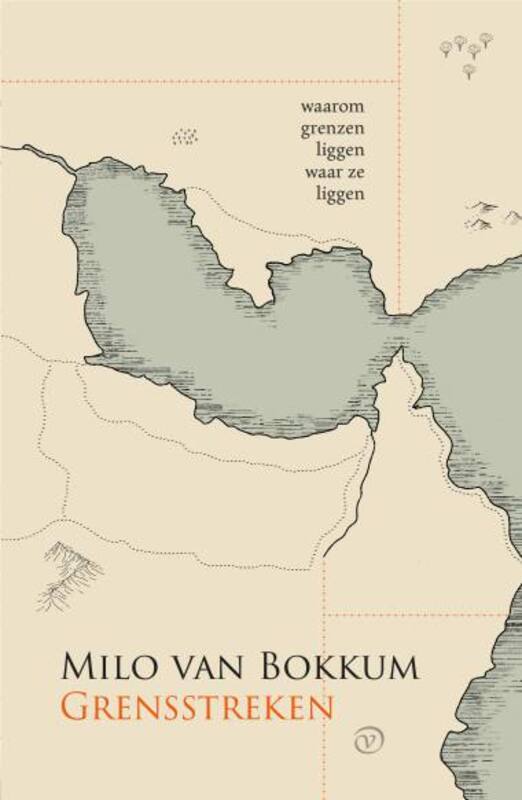
On a sunny afternoon in July 2014, Milo van Bokkum swims across the border river between Poland and the Czech Republic no less than nine times. There was nothing to see, just a boring straight stream. Why then this irrepressible urge to get to the other side?
Although you can rarely really see borders, they have a far-reaching influence in our minds. We sometimes stand for hours waiting to cross one, learning from an early age how they divide the world. In all parts of the world, humans delimit their land from that of their neighbours. Those borders not only constitute millions of miles of identity, but they are also an endless source of tasty anecdotes.
In Border Regions, now more relevant than ever, Van Bokkum examines why borders are so fascinating to us – and why times and again they are the source of conflict. Where do enclaves, curvy and straight lines on the world map come from? Why did boundary makers use a ruler? And are there regions on the map that no country has ever claimed?